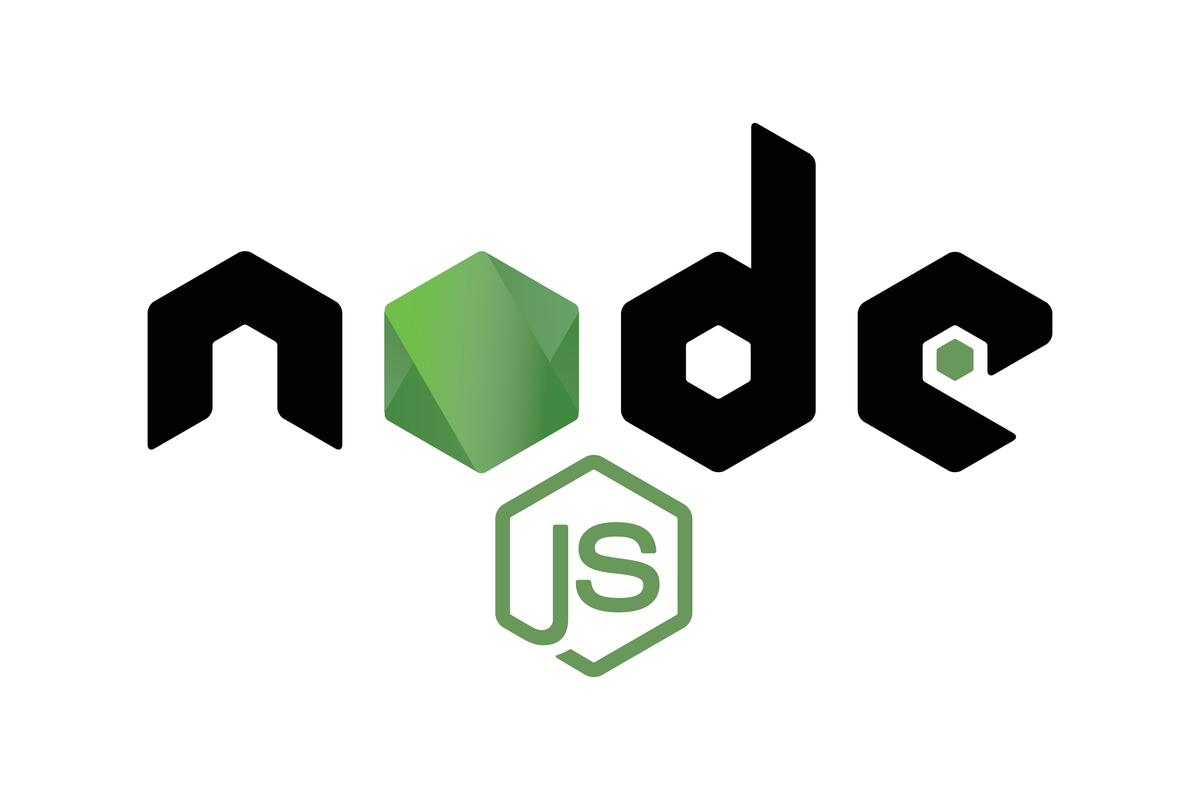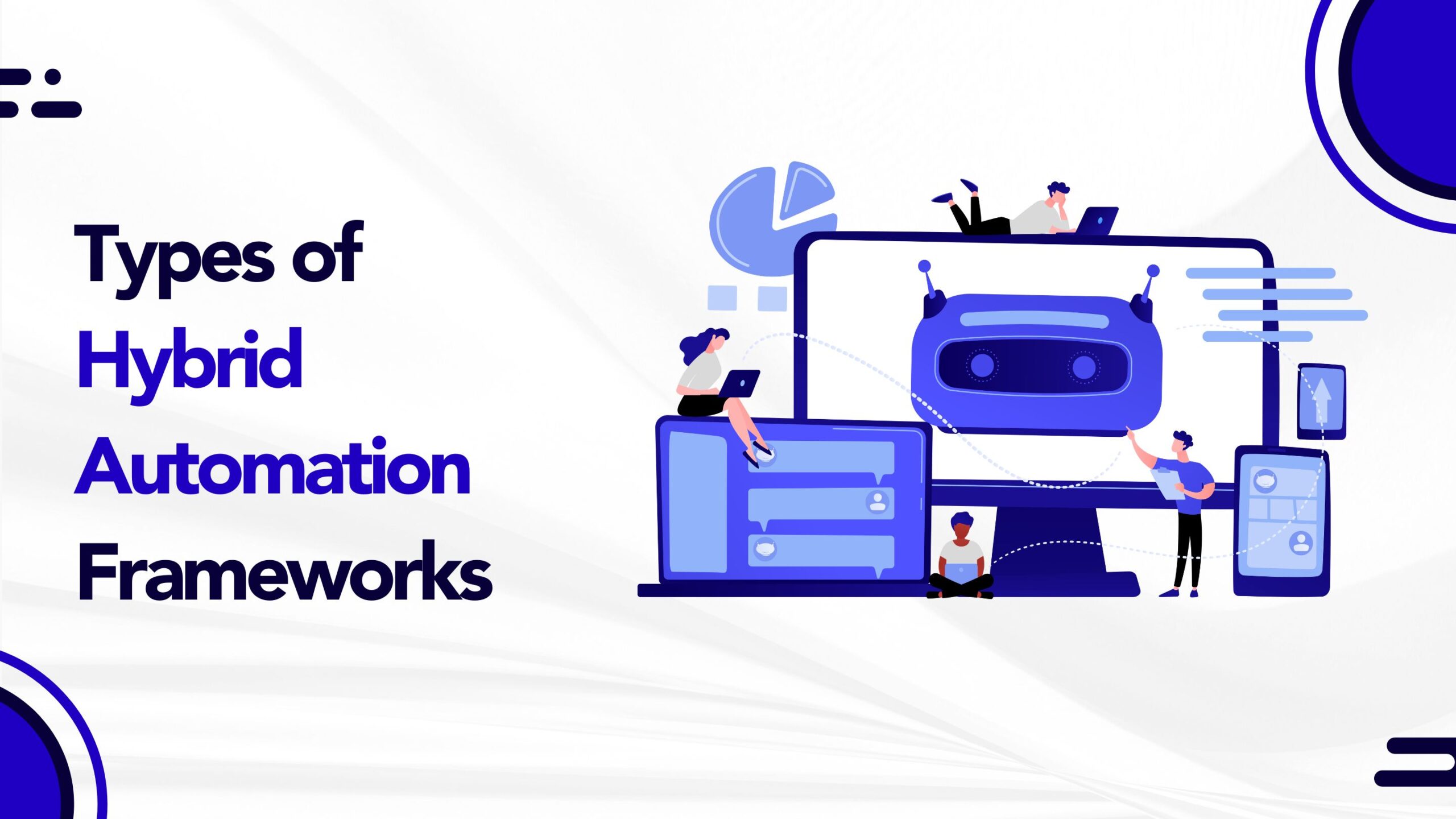
by admin | Jan 29, 2020 | QA Outsourcing, Fixed, Blog |
From a business perspective, software testing is a daunting task unless you have the right resources or team to support it. To create failsafe software, you must employ a highly-skilled QA team, and so outsourcing can be an instinct. A ?software testing outsourcing company? initially eases the burden as it cuts down costs, but now it has become an effective strategy to achieve business goals quicker. If businesses assign evaluation of the software to different teams, you can achieve unbiased results in development and testing. A singular team will cause a lack of objectivity, and you can put yourself at risk and not find apparent errors in your software.
Let’s outline five benefits of outsourcing QA and associated testing services to a specialist software testing company:
Code security
It guarantees security as you don’t have to share code details with your outsourcing partner. Software testing companies are compliant with the latest regulations, international standards, and General Data Protection Regulation (GDPR). Outsourcing QA can help enterprises be confident of not having any breach of their Intellectual Property (IP) rights.
Early risk identification
Do not ignore QA in your Software Development Lifecycle (SDLC), as it is vital if you want to deliver quality software/apps/websites to your customers. A partnership with an outsourced QA team will allow you to detect bugs early, and the cost of fixing defects that arise in the development of the project will decrease.
Achieving faster test results
You can reduce the turnaround time of defect detection and make the development process more effective. Follow the Sun is followed by testing companies because it is the most effective and efficient model nowadays. This model ensures overnight deliveries for testing results, especially if your client is in another time zone by employing the right QA team that eliminates the time zone difference, and it doesn’t affect the efficiency of the SDLC process.
Modern QA trends assessed
QA testing specialist companies need to be continuously updated and are rapidly evolving in line with the latest trends. An experienced QA team will identify the best tools and technology you need to test your product.
QA Automation
Testing has become automated due to the latest advances in technology, and a competent QA team will have a better understanding of the tools used in the process. That’s why assigning the task of quality assurance to a? QA outsourcing company ?with relevant experience in this domain will accelerate your entire development process by ensuring productivity and efficiency.
Why Codoid?
We believe that QA is an essential part of the SDLC, and an expert approach with skilled QA personnel in the software testing domain is a necessity. Agile teams within enterprises usually face challenges wrt communication across their teams, and you can fix this by outsourcing to us. Real-time offshoring, Follow the Sun, and other global delivery models help us provide you with 24X7 customer service, and our proficiency, along with flexible engagement methods, is a cost-effective solution for you. Positive business results and data security is our commitment to you as we are ISO 27001:2013 and GDPR compliant. Drop us an email now, and let’s work together to take your business to newer heights.

by admin | Jan 28, 2020 | Automation Testing, Fixed, Blog |
Are you curious as to how businesses calculate ROI for automation testing? Since test automation is expensive, the decision of whether to invest in automated testing tools or continue with manual testing can be challenging to make. Let’s break it down for you and simplify the various ROI calculation formulas on test automation and help you make an educated decision.
Usually, the primary type of calculation is a simple ROI calculation, but in this blog, we will delve into advanced calculation techniques.
Efficiency ROI calculationIt needs to be done in terms of days since automated tests can be run continuously as compared to the 8 hours calculated for manual testing. We calculate this with an average of 18 hours as test cases are usually interrupted and do not always run for 24 hours. The formula, then for efficiency ROI calculation on test automation is:
Key: Automated Test = AT, Execution Time = ET, Maintenance Time = MT, Manual Test = MaT, Period = P
- AT script development time = (Hourly automation time per test * Number of AT cases)/8
- AT script ET = (AT ET per test * Number of AT cases*P of ROI)/18
- AT analysis time = (Test analysis time * P of ROI)/8
- AT MT = (MT * P of ROI)/8
- MaT ET = (MaT ET * No. of MaT cases * P of ROI)/8
Notes: The period of ROI = number of weeks for which ROI needs to be calculated. Divided by 8 for manual automation and divided by 18 for system automation.
To calculate efficiency ROI, rather than monetary factor, we consider time investment profits. We input the values of the respective variables in the formula and arrive at the answer. Although you are not required to disclose the cost to the company for hiring a tester or other such sensitive information, this method makes plenty of assumptions instead. Even though you automate test cases, you may still need manual intervention at times.
Risk Reduction ROI
In this ROI calculation method, automation benefits are calculated separately while addressing concerns that arose from the approach mentioned above. When you adopt automated testing, resources become more available to do other productive tasks like in-depth time analysis, independent negative/random testing, design/development of the tests, etc. It increases coverage, and you can discover bugs in your application and fix post-delivery errors. If any bugs are overlooked, then the consequent loss needs to be factored into this ROI formula. Any gain in terms of money, if errors post-delivery or implementation are found and fixed, will directly impact the calculation. Values are inserted in the same formulas, and then you can calculate the ROI. Even though the investment cost is similar, the biggest gain is the monetary loss that the company would save itself from if automation testing is implemented. The advantage here is that it deals with the positive effect of test coverage, a high level of risk analysis because this method is subjective.
Several factors affect ROI calculation for automation testing, so you should be advised by a reputable ?automation testing services company?. Add efficient testing automation tools, invest more time in the initial phase, and use better reporting mechanisms to introduce improvements to your automation testing. There is no singular method to calculate ROI for automation testing, so it is best to hire a t?est automation services company? like Codoid. A consolidated decision between your testers and management will lead to the best automation testing method installed in your business that is sure to bring forth profits and help you achieve your goals quicker.

by admin | Jan 27, 2020 | Software Testing, Fixed, Blog |
Test Case Management in Jira eases Software quality assurance activities during sprint. Nowadays, we almost have all the required project management functions in Jira. If you are managing test cases outside Jira, it will be a cumbersome task to share test results to your team. Even if you share the results in Excel format in attachment section in a Jira ticket, it will not provide the following flexibility – aligning test executions in test cycles for selected release and tracking software testing metrics for each sprint.
- If you are updating a test step status in local excel sheet, your team cannot view the test result as and when it is needed.
- Managing test cases and test executions in a separate tool. Consider, you are using a test case management tool which does not have Jira integration, then it will be a tough time for your team to link and communicate the defects in Jira.
- Creating and organizing test plans. If Jira is used for project management, then publishing the test plan in Jira project should be the right choice. Once the test manager creates the plan, it needs to be shared to the entire team.
There are many modern Jira plugins available for test case management in Jira. Let’s review them one by one.
Zephyr it is a well known plugin for test case management in Jira. You can create test cases, test cycles, and track QA metrics using Zephyr. If you have automation test scripts, then you can update test cases status in Zephyr by calling its endpoints. We, as a software testing company, use Zephyr for multiple testing projects.
Xray You can manage all your Tests as Jira issues using Xray. If you want to write Gherkin Scenarios in Jira, then you can specify and integrate with test automation frameworks.
synapseRT This is a suitable plugin for waterfall model or an independent testing project. You can trace all the way from requirements to bugs. Also, manage requirement versioning & baselining and organize Test Cases in a Tree Format with the help of Test Suites.
Test Management The Test Management plugin is another tool supported by Jira. It has similar components to those of synapseRT and Zephyr, and facilitates test case creation and managing test cases using the different test suites.
TM4J TM4J is a QA & Test Management app for Jira. You can manage your test assets in single repository for quick access and reduced redundancy and reuse test cases across your projects, releases and sprints for regression.
TestFLO The most flexible test management plugin for Jira. Requirements testing, test case management and test reporting directly in Jira.
Test Collab You can quickly manage test cases from Test Collab, assign test executions, maintain Many-to-Many relationship Jira using Test Collab.
QMetry QMetry Test Management for Jira – the best test management app in Jira helps make Jira a full ALM solution covering from requirements management, project management to test management.
TestRail The top selling and modern test management tool to efficiently run your QA & testing efforts. Used by teams at companies such as Atlassian, Apple, Microsoft & Amazon, TestRail is a great choice for teams of all sizes. To use this plugin, you need TestRail account.
PractiTest It is a free for PractiTest users. You can report bugs directly to Jira from PractiTest with reproduction steps.
As a software testing services company, writing quality test cases and managing them effectively is vital role to provide high-quality QA services. Organizing & managing test cases in Jira enables better collaboration among testers and developers. Contact Us for your software testing needs.

by admin | Jan 24, 2020 | Mobile App Testing, Fixed, Blog |
Mobile app testing is binary; you either win or lose because there is no middle ground. Technology has boosted the use of smartphones, and this has made mobile testing services relevant to the success of such businesses. As the most common standard for communication worldwide, it drives personal and professional interactions alike. Its development should cover end-user expectations and business objectives through an efficient mobile app testing strategy.
Mobile App Testing Challenges:
- Mobile apps are used on multiple devices, platforms, and operating systems, and fragmentation can be a problem.
- Waning budgets and shorter deadlines, force decision-makers to choose between in-house or outsource options for testing
- Businesses don’t have access to best practices, guidelines, and industry standards.
A valid mobile app testing strategy consists of seven key factors to ensure your QA activities align with your business goals and end-user expectations.
Mobile device selection is based on gadget model, OS version, screen resolution, platforms, memory size, connectivity options, etc. Companies also debate whether emulators or physical mobile devices should be used during the initial stages of development.
Emulators give you a chance to test your app for factors such as network density and type. It also checks how your app behaves on specific devices and how end-users interact with it. This real-world testing environment is impossible to recreate inside a test lab.
Cloud-based mobile app testing simplifies the management of indefinite use-case scenario combinations. It reduces defects, project costs, and time to market while increasing ROI and scalability.
Mobile apps are majorly affected by network connectivity, as smartphones depend on it to work correctly. Simulation tools can help test your mobile apps to check speed, bandwidth issues, and connection failures.
Automation is necessary to ensure successful regression testing during the initial development stages. Still, it requires a substantial amount of initial investment, unlike manual
testing, since they are both essential to make the process bug-free.
Your mobile app performance testing should check the load and stress verification of your app by including scenarios for scalability issues. End-user generated data can grow to enormous proportions over your app’s lifetime, and if your app has a server-side component,
test it for an increasing volume of users as well.
Security testing and constantly checking data privacy isn’t optional because end-users are weary about their data/credentials getting exposed due to vulnerabilities in your app.
Your app should encrypt usernames and passwords when authenticating an end-user over any network and test security-related issues by routing your mobile data through a proxy server.
A smooth mobile app testing is just a part of your success, and the mere existence of a strategy will help you execute your testing efficiently. In-house teams often suffer consequences because they lack QA tools and knowledge. You can create a cost-effective and timely result by hiring an efficient outsourced QA team.
Outsourcing can provide you with access to a pool of qualified professionals, specialized tools/resources, giving you time to focus on core activities, marketing campaigns, and customer services. It reduces overall project costs, so put your trust in Codoid, a mobile app testing company .

by admin | Jan 23, 2020 | Automation Testing, Fixed, Blog |
If you follow automation testing best practices religiously it will eventually decrease rework. Nowadays, BDD frameworks have strong automation testing user base. BDD framework enables effective collaboration and automation. If your team is following Agile methodology, then make sure you automate Acceptance Criteria of each story within the sprint. The reason being if any automation test script is being developed with effective collaboration, it will produce high-quality output. Let’s say you have missed to automate a couple of stories in the current sprint, then the non-automated acceptance criteria becomes a technical debt and you may face difficulties to connect with your team members to discuss about old sprint stories.
If you are automating existing regression tests pack, you can use BDD framework only for automation without collaboration. Writing BDD test scenarios is an art. None of your team can understand if a Gherkin scenario is too long. Following best practices is an essential for successful automation testing with BDD.
Feature Template
Feature: [One line describing the story]
[Optional — Feature description]
Scenario: [One line describing the scenario]
Given [context]
And [some more context]…
When [event]
Then [outcome]
And [another outcome]…
BDD Scenario Best Practices
- Given-When-Then should be in sequence.
- Each scenario should ideally have only one ‘When’ clause that clearly points to the purpose of the test.
- Use past tense for ‘Given’ clauses, present tense for ‘When’ and future tense for ‘Then’.
- Use ‘And’ clause to add multiple Given and Then steps.
- Put scenarios prerequisite steps in ‘Background’. Note: If the prerequisite steps are more technical, then use Before hook.
- Scenarios should be more functionality oriented rather than UI/UX actions.
- You can also write BDD Styled Acceptance Criteria for web services. However, you need to ensure it is understood by the product owner.
- Write scenarios after talking to business people.
- Use declarative steps rather than imperative.
Declarative
Given I pass the header information for SSN
When the client request the URL with data
Then the response code should be 200
Imperative
Given I pass the header information for SSN
When client request POST "<ServiceURL>" with json data "<RequestFile>"
Then the response code should be 200
And the SSNcached result should be same as valid transaction response "<ResponseFile>"
Tagging
Grouping test scenarios from different features is must. In order to select the tests for different execution types, tagging is important. Nowadays, we have many test cases managements plugins for Jira. Updating automated test execution result in Jira is vital. Managing manual and automated executions result in test case management tool is helpful to collect test metrics and improve the test coverage. As one of the leading test automation companies, we tag BDD scenarios with Test ID, environment (qa, stage, 7 prod), and testing purpose (Smoke, Integration & regression). Using Test ID, we can push the automated test execution status in test case management tool.
Feature Narrative Description
Feature: Title (one line describing the story)
Narrative Description: As a [role], I want
, so that I [benefit]
Step Definitions dos and don’ts
- Don’t call a step definition method from another method.
- Never hard code any test data in step definition.
- Learn how regular expression is used to match a Gherkin step and a Step Definition method.
- Chain the assertions to enable code readability.
assertThat(fellowshipOfTheRing).filteredOn( character -> character.getName().contains("o") )
.containsOnly(aragorn, frodo, legolas, boromir);
Use Cucumber Lambda expressions to simplify the step definitions.
Given("I login as (.*)$",(String name)-> System.out.println(name));
Reporting
BDD Reporting is important to trouble-shoot the failures and collect test automation metrics. You can use Serenity BDD reporting, ExtentReporter for BDD, Report Portal, and Allure Reporting.
In Conclusion
We, as a test automation services company, use Cucumber, Behave, SpecFlow, and Serenity BDD frameworks for our automation testing projects. Following automation testing best practices has helped us to deliver high-quality test automation scripts to our clients with precision. We suggest that you prepare a training plan for your automation testers and make them understand how anti-patterns impact test automation. Writing BDD scenarios which are too long will not add value to the team and it increases script maintenance. If your team is comfortable using DSL, then the output of your test automation scripting will be concise, which will enable the effective collaboration between Developers, Testers, and Business.

by admin | Feb 5, 2020 | Software Testing, Fixed, Blog |
2020 has just begun, but there are already plenty of advancements in the world of testing, some of these trends that will dominate are Artificial Intelligence (AI), Machine Learning (ML), and Internet of Things (IoT) to name a few. QA services provided by specialized QA companies and their teams are more adept at helping you implement these latest trends into your software testing process. There were many prominent trends in 2019 in the software testing landscape as the automation testing industry is dynamic, and our team has made some predictions on where things are headed this year
Machine Learning
Almost 2/5th of all companies are looking to implement ML projects, and industry experts believe that this number is likely to skyrocket in the coming years . But despite the assuring prospects of ML application, the concept is still in its nascent stage in software testing. So there are multiple challenges present for it to move on to the next level. There is an increasing demand for ML, and QA teams know that it is time for them to acquire skill sets like data science, statistics, and maths. These skills will complement core domain skills in automation testing and software development engineering testing
AI
Testers adopt a combination of AI skills and traditional skills, and this has lead to new job profiles like AI Quality Assurance (QA) analyst and data scientist. Nowadays, automation tool developers, focus on practical building tools and companies reassess options based on their budget to make the best use of information gained from AI. Such tools need to meet cost-efficiency and technical aspect requirements of the business, like read production logs, respond to production activities, and generate test scenarios.
DevOps
Test automation in agile teams is now more established because nearly 50% of IT companies are automating half their testing, and the adoption rate is only going to ascend this year. Companies adopt Agile and DevOps practices to increase the quality and speed of software development in test automation processes. Test automation performs repeated tasks, to detect bugs quicker, and render perpetual feedback loops, ensuring test coverage. Companies thus save a significant cut on costs, time, and personnel when they integrate automation testing in their QA process.
Data Mining
QA teams must combine automated and manual testing to achieve the best software quality. Developers must continually update themselves by learning about new tools and upgrading the system accordingly. Extensive data can be easily deciphered, and AI and ML will help you make better decisions by enhancing your market strategies through precise data validations. Such enormous data is anticipated to increase at an exponential rate since industries are shifting towards a data-oriented world, and the need for testing big data applications is on the rise.
IoT
The number of IoT devices around the world is estimated to reach 20.5 billion by the end of this year, and so it is evident that it must undergo testing. It will check security assurance, data integrity evaluation, ease of use, device compatibility, scalability, etc. IoT testing engineers have a lot of work, especially in monitoring communication protocols and operating systems. QA teams are expected to enhance their knowledge and skills to conduct successful usability,security, and performance IoT testing.
Cybersecurity
The digital revolution comes with plenty of security threats, and we must recognize the importance of security testing for our software, systems, applications, and network. Software teams have to ensure products are resilient to threats and take cybersecurity seriously so that risk compliances are covered. Security testing helps secure money and data transactions and also protects your end-users.
In conclusion
The seven listed trends will give you a sneak peek into the current prevailing software testing trends of 2020. As one of the best QA companies out there, we believe that the digital transformation is continually evolving; testing engineers, and software product enterprises alike. We should, therefore, stay abreast of the latest changes and innovations and inform quality assurance teams to take these trends into account while building their strategies, so that you can climb the ladder of success.



























